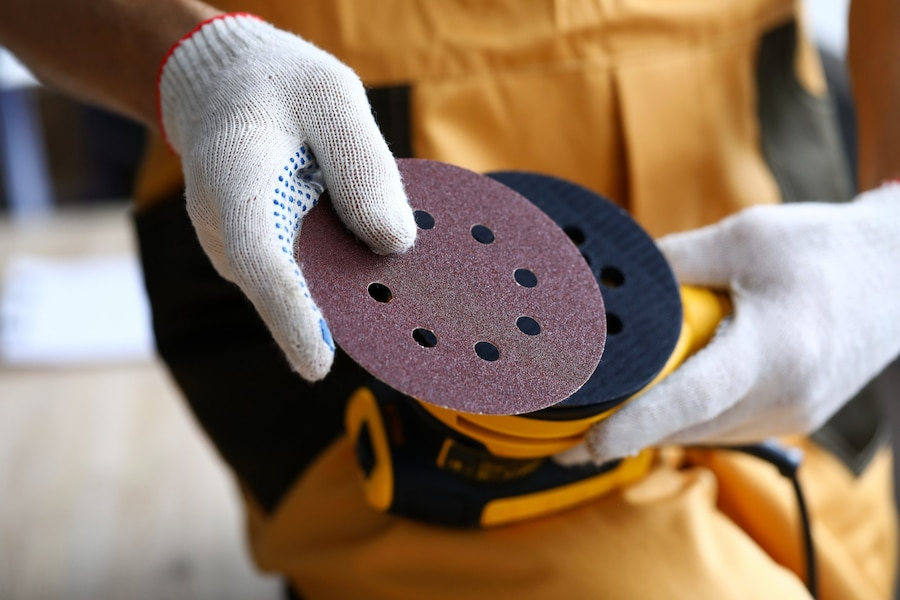Introduction:
In the realm of manufacturing and engineering, achieving desired surface finishes is essential for both aesthetic appeal and functional performance. Surface treatment abrasives are indispensable tools in this process, offering precision and control in refining surfaces to meet specific requirements. From smoothing rough edges to polishing delicate components, surface treatment abrasives play a pivotal role in enhancing the quality and functionality of a wide range of products. In this article, we delve into the world of surface treatment abrasives, uncovering their applications, types, and the crucial role they play in various industries.
Applications Across Industries:
Surface treatment abrasives find applications across diverse industries, from automotive and aerospace to electronics, medical devices, and beyond. In manufacturing, abrasives are used for deburring, grinding, polishing, and surface finishing of components, ensuring dimensional accuracy, functionality, and aesthetics.
In the automotive sector, abrasives are employed in refinishing processes such as sanding, buffing, and polishing to achieve smooth and glossy paint finishes. In aerospace, precision grinding and machining of aerospace alloys require abrasives that can withstand high temperatures and maintain tight tolerances. Similarly, in the electronics industry, delicate components such as semiconductors and circuit boards undergo surface treatment processes using specialized abrasives to ensure optimal performance and reliability.
Types of Surface Treatment Abrasives:
Surface treatment abrasives come in a variety of forms, each designed for specific applications and materials. Some common types of abrasives include:
Grinding Wheels:
Grinding wheels consist of abrasive particles bonded together to form a rotating wheel used for grinding, cutting, and finishing operations. They are available in various shapes and sizes to suit different machining requirements.
Sandpaper and Sanding Discs:
Sandpaper, coated abrasives, and sanding discs are widely used for hand sanding, power sanding, and finishing applications. They come in different grit sizes, ranging from coarse to fine, to achieve desired surface textures and smoothness.
Polishing Compounds:
Polishing compounds are abrasive pastes or liquids used for buffing and polishing metal, plastic, and other materials to achieve a high-gloss finish. They contain fine abrasive particles suspended in a carrier medium, providing controlled abrasion for achieving mirror-like surfaces.
Abrasive Brushes:
Abrasive brushes consist of bristles embedded with abrasive particles and are used for deburring, edge radiusing, and surface conditioning of irregular-shaped components. They are available in various configurations, including wheel brushes, cup brushes, and disc brushes.
Honing Stones:
Honing stones are abrasive tools used for precision machining and finishing of cylindrical bores and surfaces. They are typically composed of abrasive grains bonded together with a binding material and are used in conjunction with honing machines for achieving precise surface geometries and surface finishes.
Importance in Surface Quality and Performance:
Surface treatment abrasives play a critical role in determining the quality, functionality, and performance of finished products. The choice of abrasive type, size, and composition directly impacts surface roughness, texture, and integrity. Proper selection and application of abrasives ensure dimensional accuracy, surface cleanliness, and adherence to specified tolerances.
Furthermore, surface treatment abrasives enable manufacturers to achieve desired surface properties such as corrosion resistance, wear resistance, and lubricity, enhancing product durability and longevity. Consistent surface finishes also contribute to improved aesthetics, brand perception, and customer satisfaction.
Also Read: The Environmental Benefits of Sustainable Cultivation and Biodegradable Packaging of Delta 8 Flower
Conclusion:
In conclusion, surface treatment abrasives are indispensable tools in manufacturing and engineering processes, enabling precise control over surface quality, texture, and functionality. From grinding and deburring to polishing and honing, abrasives play a vital role in achieving desired surface finishes across various industries.
As manufacturing technologies continue to evolve, the demand for advanced surface treatment abrasives that offer superior performance, efficiency, and sustainability is expected to rise. By investing in research and development, innovation, and collaboration, abrasives manufacturers can continue to meet the evolving needs of industries and contribute to the advancement of surface treatment processes worldwide.

